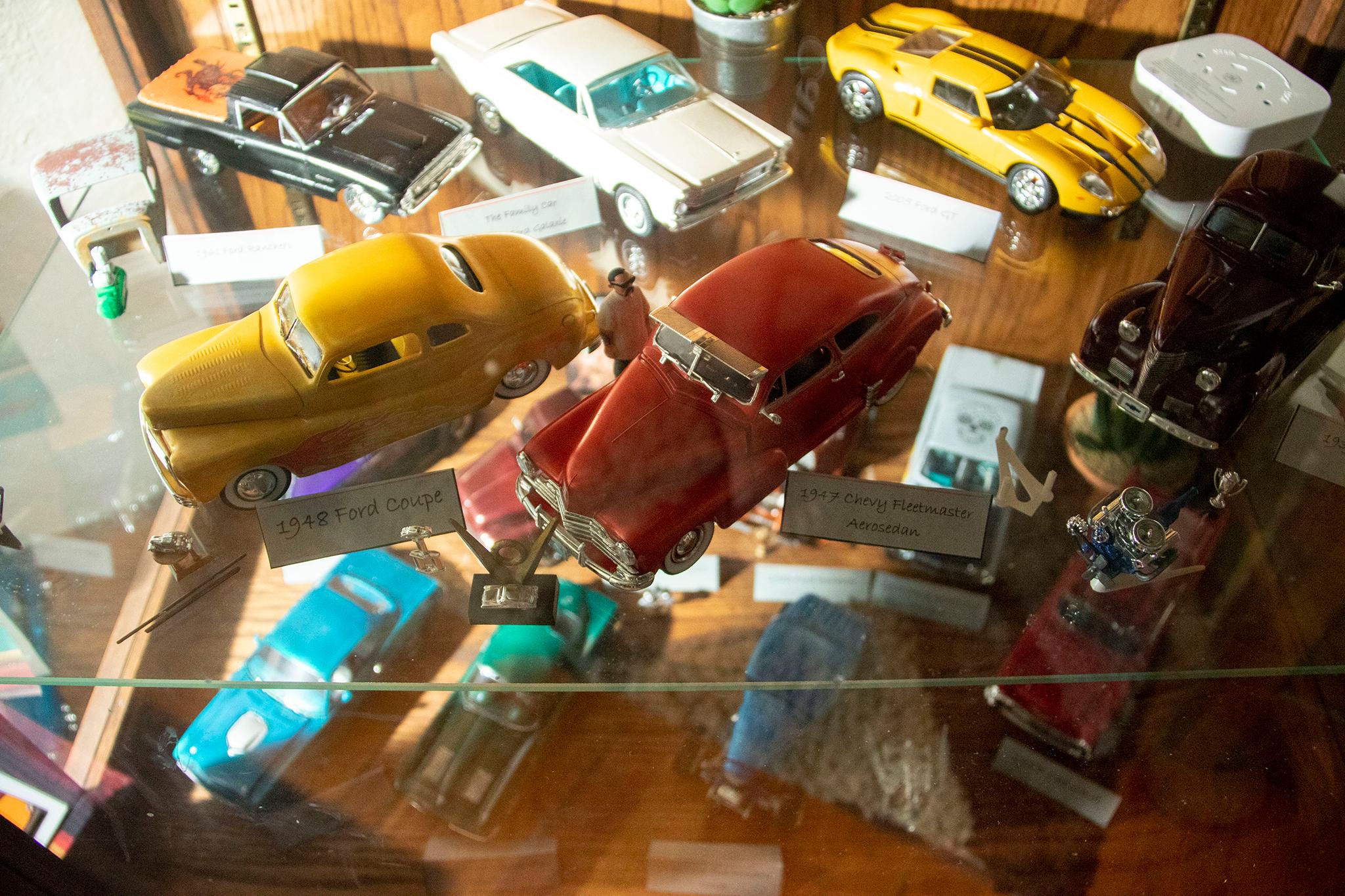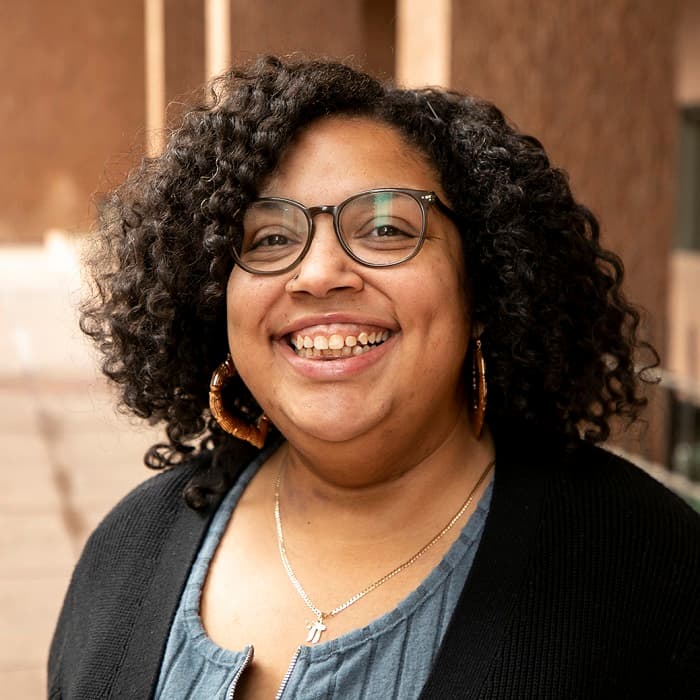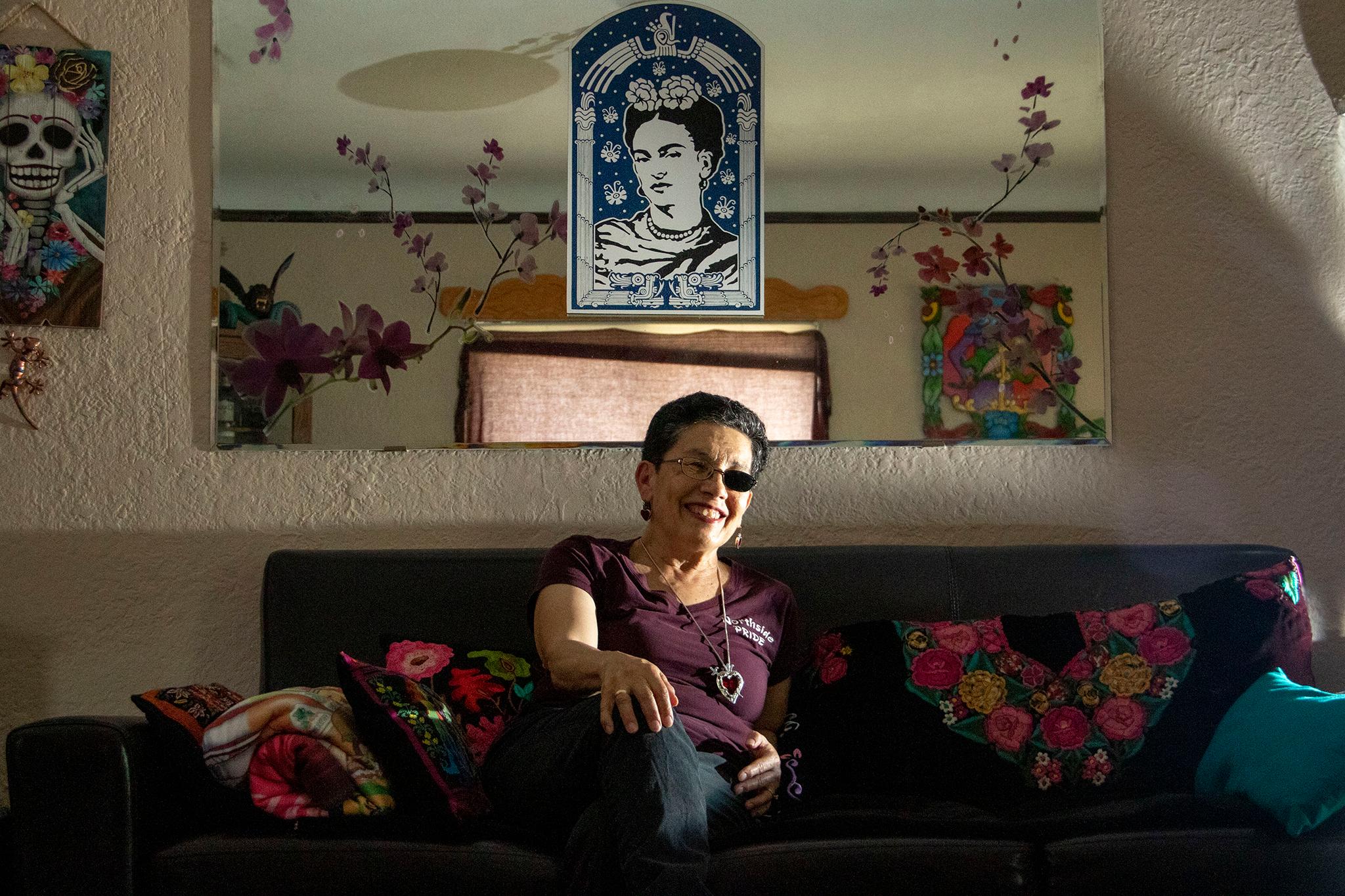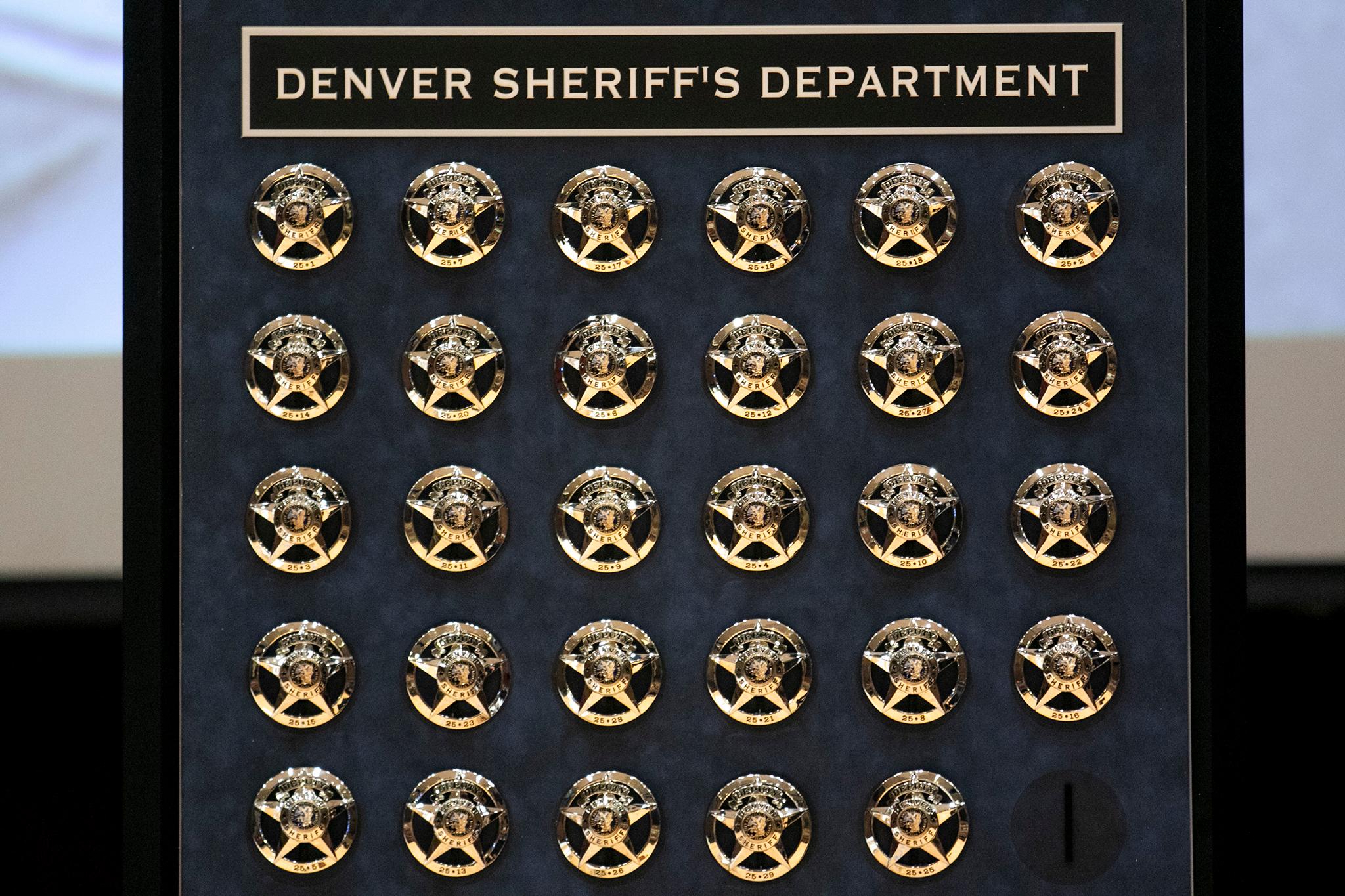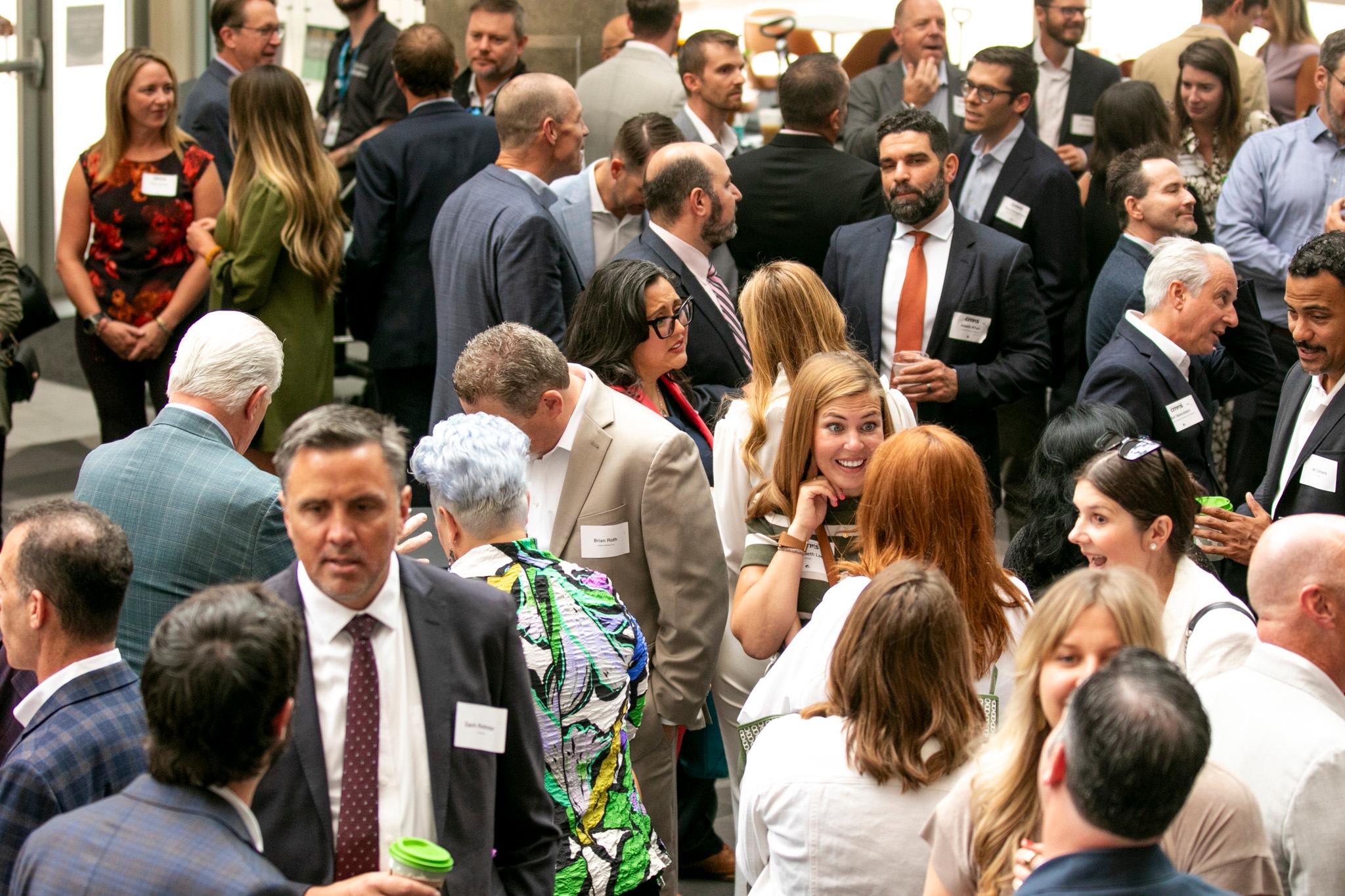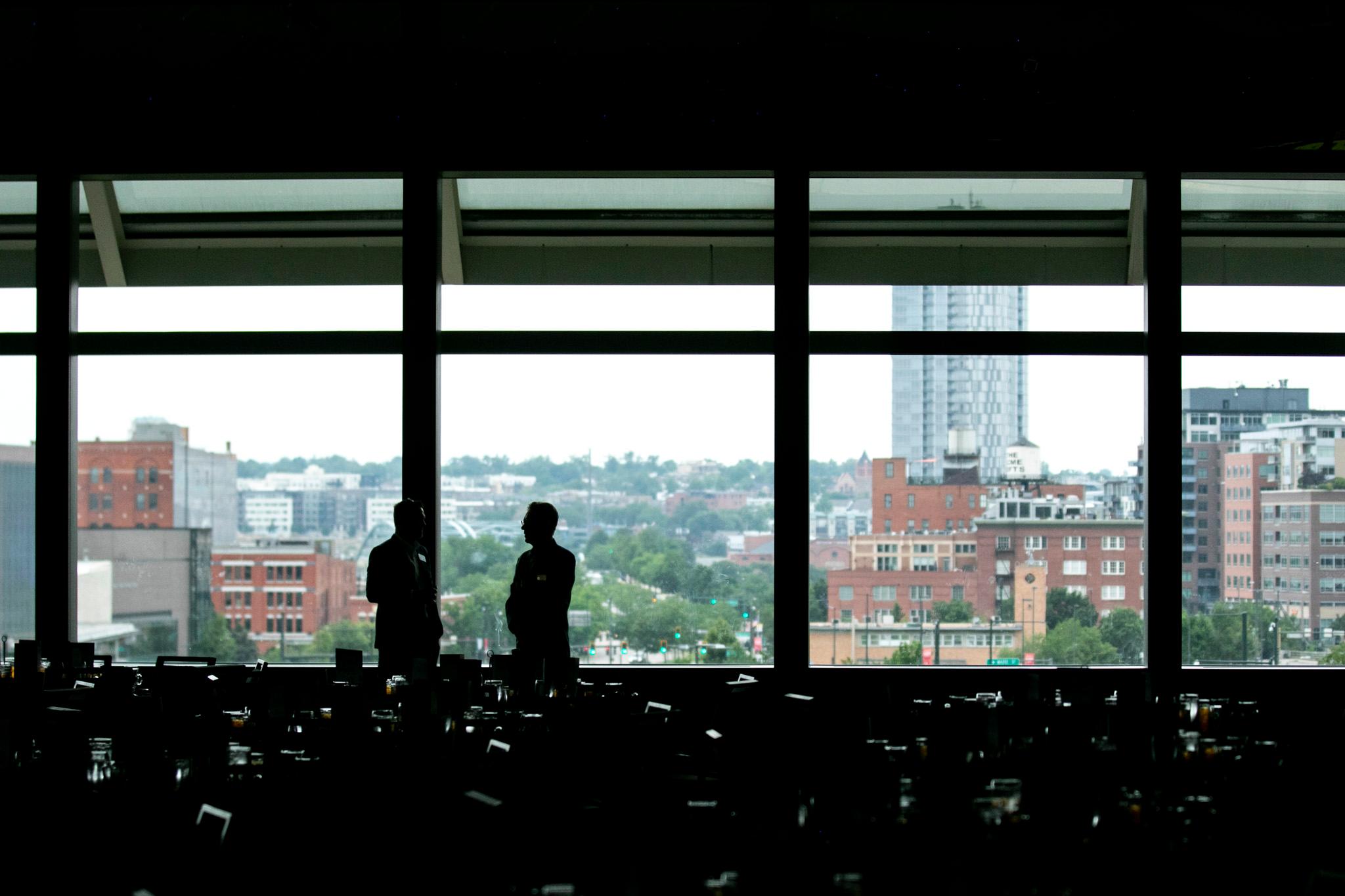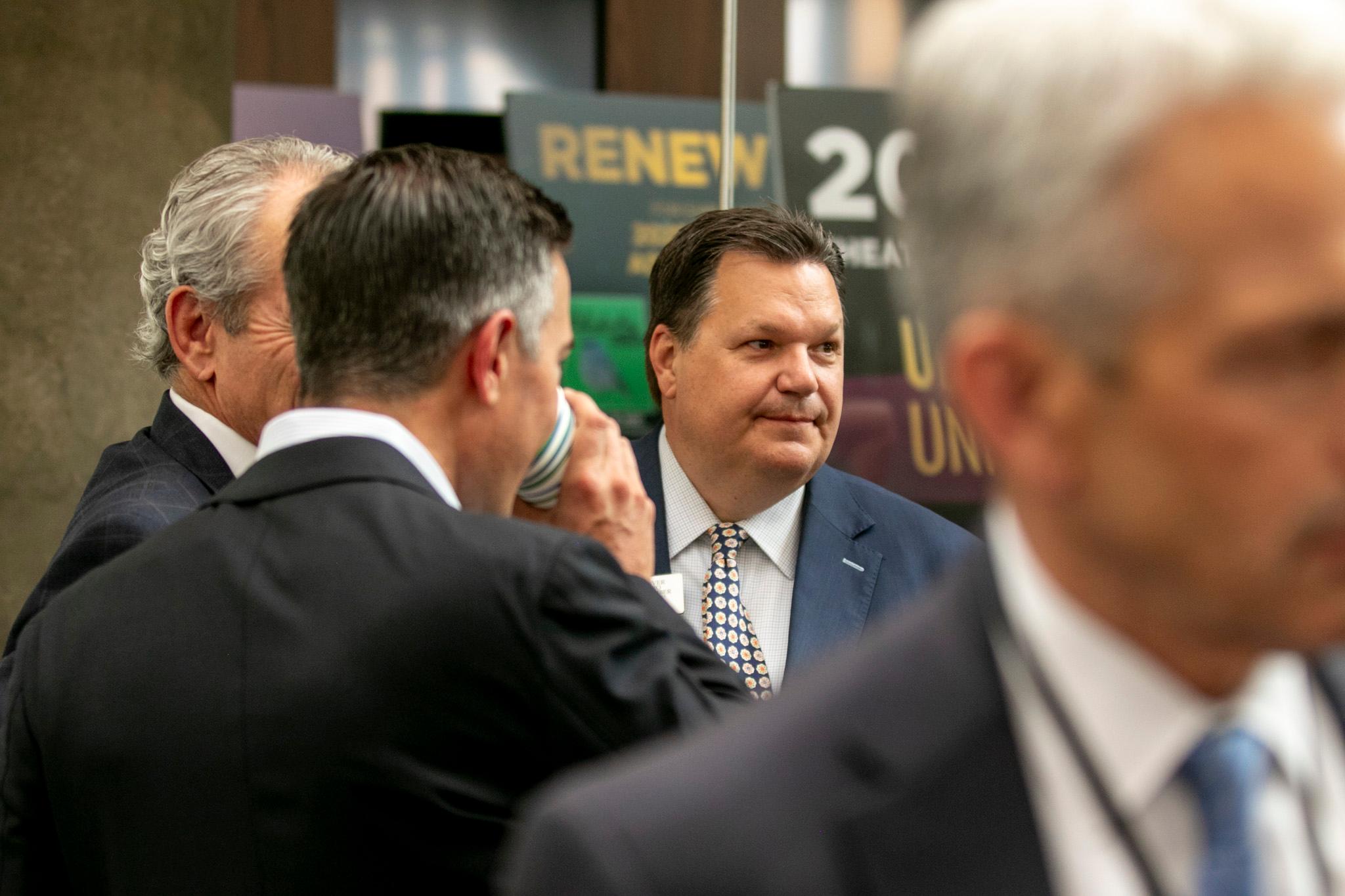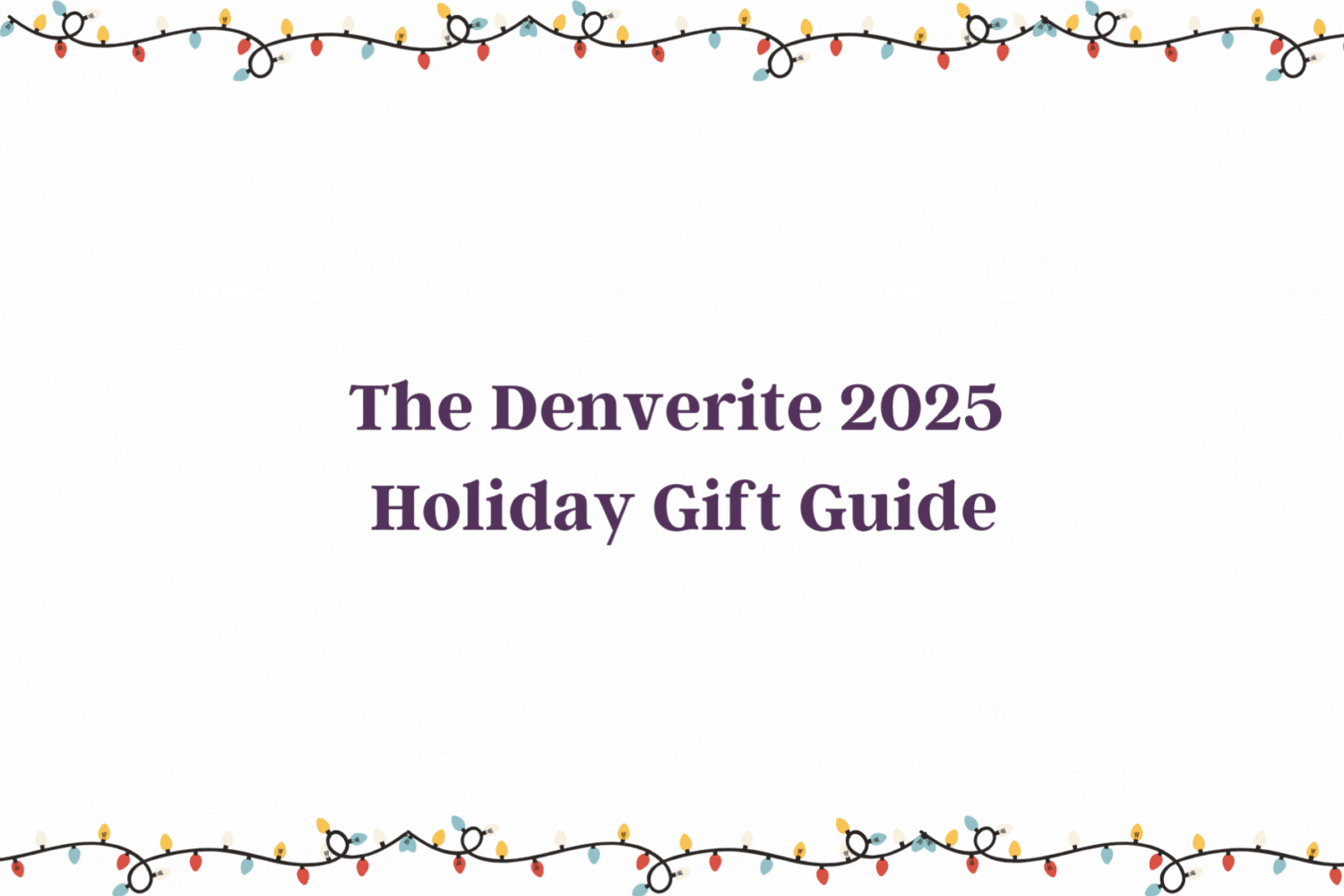What is the Northside?
Well, it depends who you ask. It's a broad question that evokes different responses from multi-generational Denverites to newcomers. And even within those subsections, folks may have a different answer.
If you ask Flo Hernandez-Ramos, the Northside starts at Sheridan along the Wheat Ridge border, dips south to Colfax and spans east to Interstate 25. Neighborhood-wise that would be Sloan's Lake, West Highland, Berkeley, Regis, Chaffee Park, Sunnyside, Jefferson Park and Highland - where Hernandez-Ramos bought her home 40 years ago.
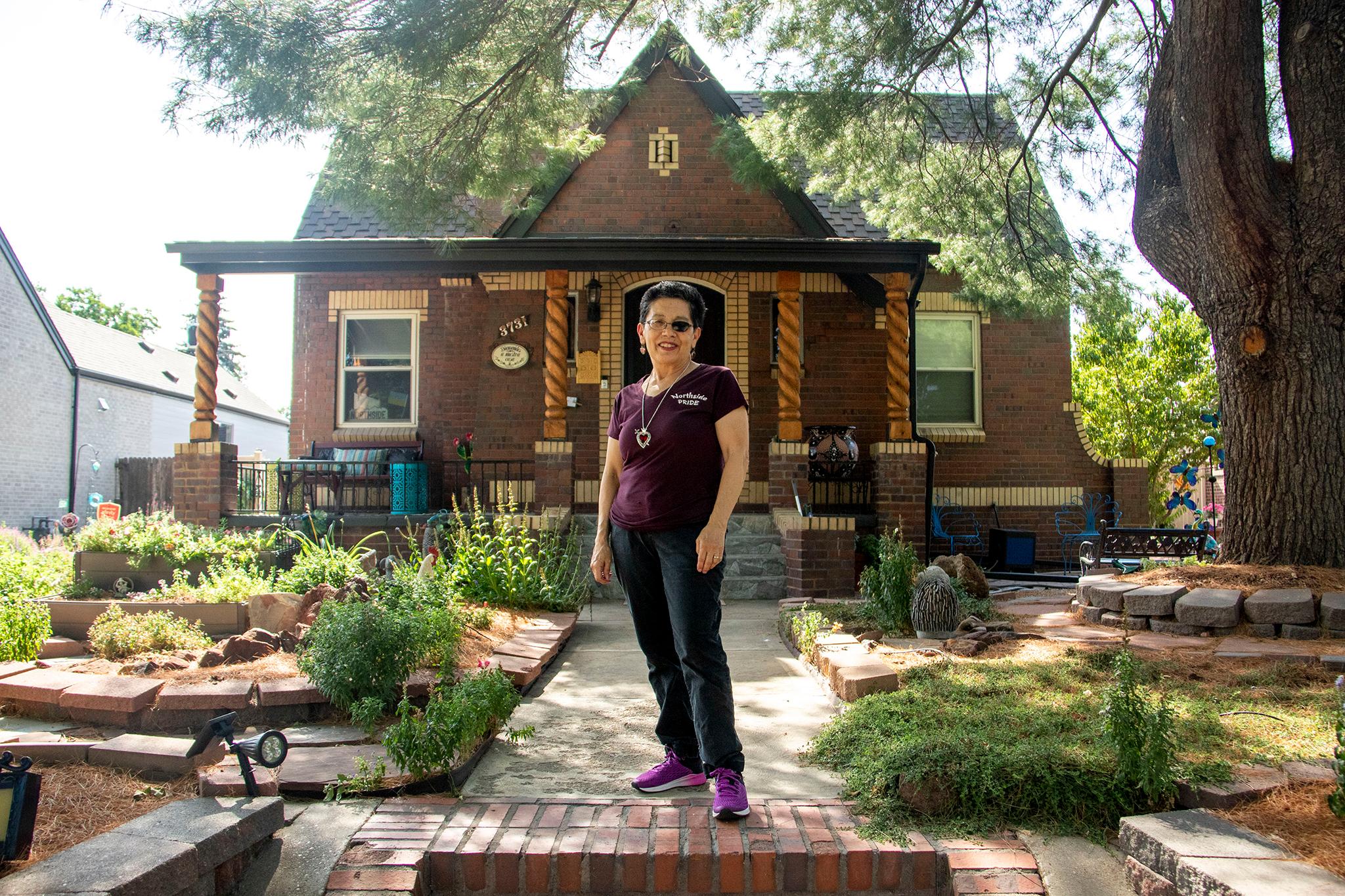
Hernandez-Ramos said when she purchased it, there was no debate. That was the Northside. It was also a predominantly Hispanic neighborhood. Now, as North Denver continues to experience rapid change and long-time residents, particularly Hispanic residents, are being priced out and displaced, the area is considered the Highlands.
In the last decade, the Highland statistical neighborhood has gone from being 37% Hispanic or Latino to 16%, according to Census data.
"The name changes in cycles," Hernandez-Ramos said. "When white people are in charge of the neighborhood, it's the Highlands. Then it became the Northside and now it's the Highlands again. History depends on who's telling it, and whoever tells it, is what is remembered. If you see some of the books written about the Northside, Latinos play a tiny tiny role in it and we think it should be the other way around."
That's part of why a seemingly simple question - "What is the Northside?" - can bring so much discourse.
How do you get a full answer if everyone has moved away?

That's what History Colorado is attempting to accomplish with their Northside Memory Project.
Run by Marissa Volpe, History Colorado's Chief of Equity and Engagement, the project is focused on telling Northside stories from Northsider perspectives.
"We remember our state's history and in my role I have to ask, whose memory have we been preserving," Volpe said. "It's really key that we think about whose stories have been left out and that they are preserved and told in a collective way."
That's where Hernandez-Ramos stepped in. Volpe said Hernandez-Ramos has become a community weaver, and, through the Northside project, she's become an oral historian.
Hernandez-Ramos has the voice for it. In 1983, she helped found KUVO 89.3 FM, and she was the president and CEO for more than 20 years. She hosted Canción Mexicana, a mix of Colorado, New Mexico, and Tejano music. Before starting the station, Hernandez-Ramos was involved in the Chicano Student Movement at the University of Colorado Boulder.

So, it's safe to say Hernandez-Ramos has been around town and knows how to connect with people. She and Volpe set out to make sure all Northsiders, both old and new, were able to attend the Northside project's first meeting.
The meeting was in June at North High School. Volpe said North was the perfect place to meet because most Northsiders went there or to the nearby Catholic schools.
Volpe said about 90 people attended the event, from old Northsiders who moved away to new residents interested in learning more about their neighborhoods history.
They began with memory jogging exercises, drawing pictures of their homes or what things used to look like. Next, Volpe said, participants were invited to an open mic where they reminisce on old establishments and haunts. Many of those places were food-based such as Chubby's, Carbone's Meat Italian Deli or Carl's Pizzeria.
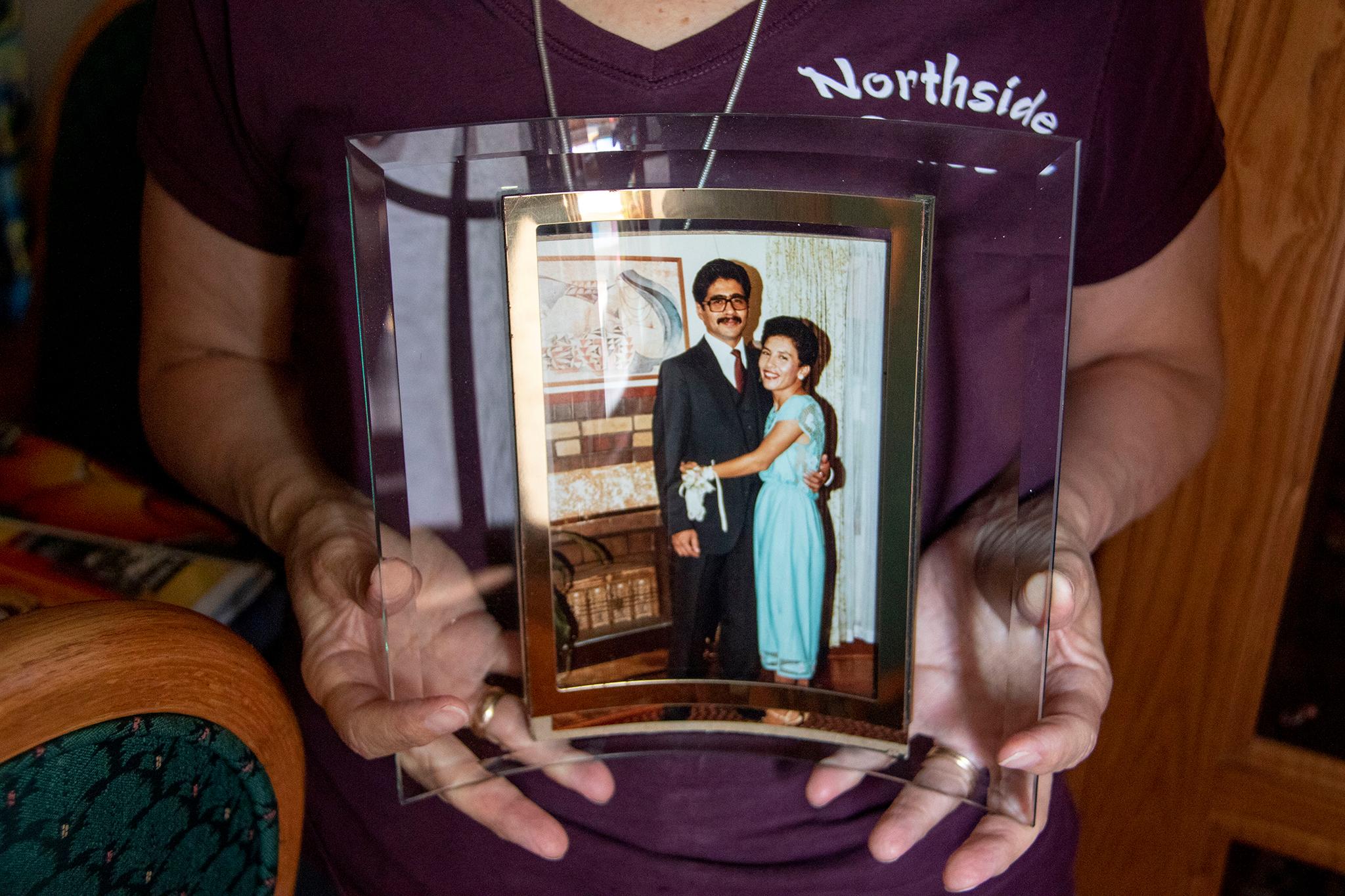
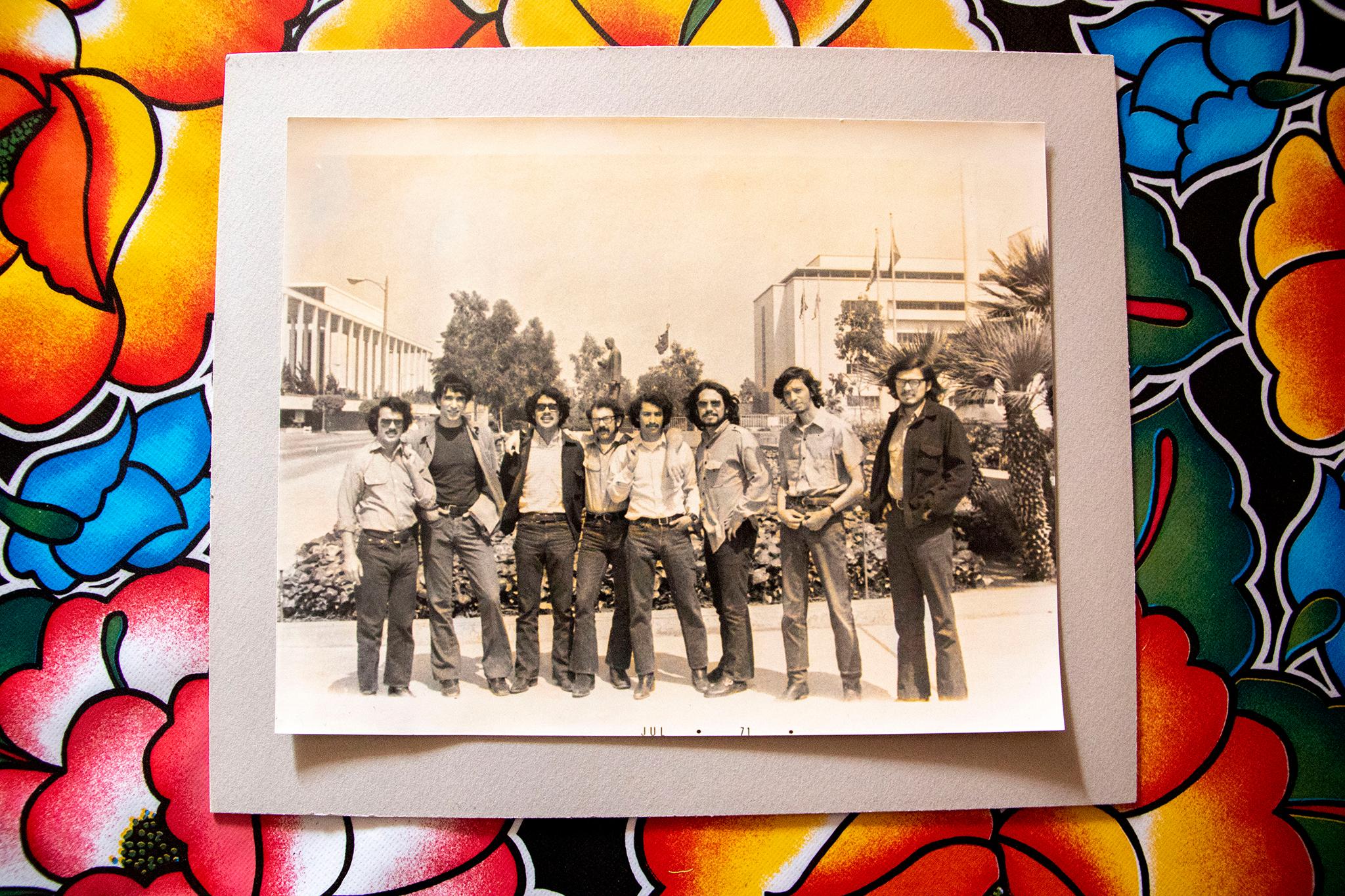
Volpe also said some of the discussions revolved around race and discrimination. As Hernandez-Ramos said, the Northside has been the site of cultural clashes.
The Northside was the place for immigrants coming to Denver.
"This area is so culturally rich," Hernandez-Ramos said. "Not only with Italians, but with the Irish, Latinos. There were some Japanese families. And there's a rich history of activism. At some point in the Northside you could go to a demonstration, then go hear César Chávez speak and eat at any one of a myriad of Italian or Mexican restaurants."
Hernandez-Ramos said the Italians clashed with the Mexican Americans. Then the Mexican Americans clashed with the Mexican immigrants.
"Now it's the Mexican and Mexican Americans clashing with the young white people moving in," Hernandez-Ramos said.
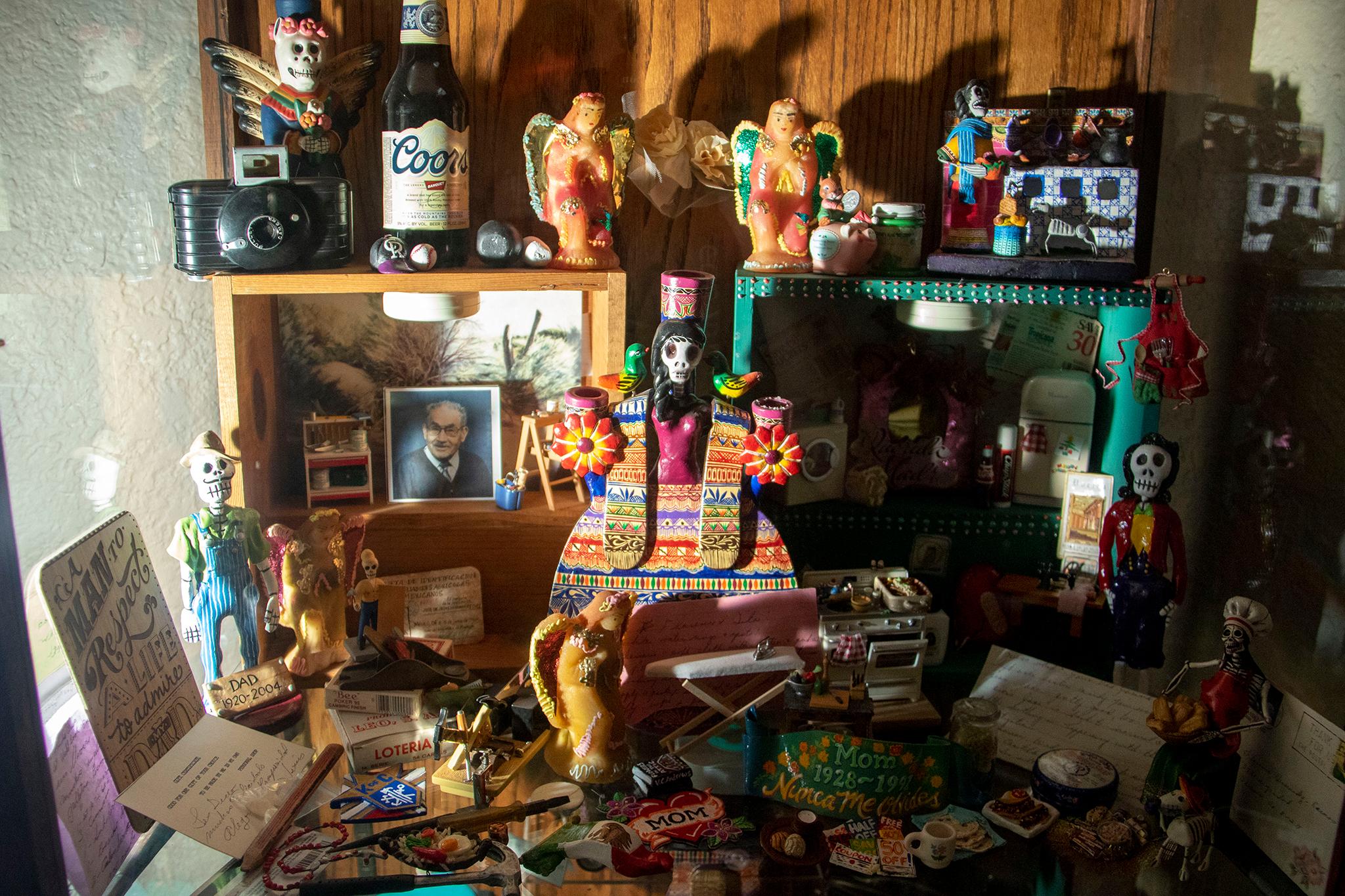
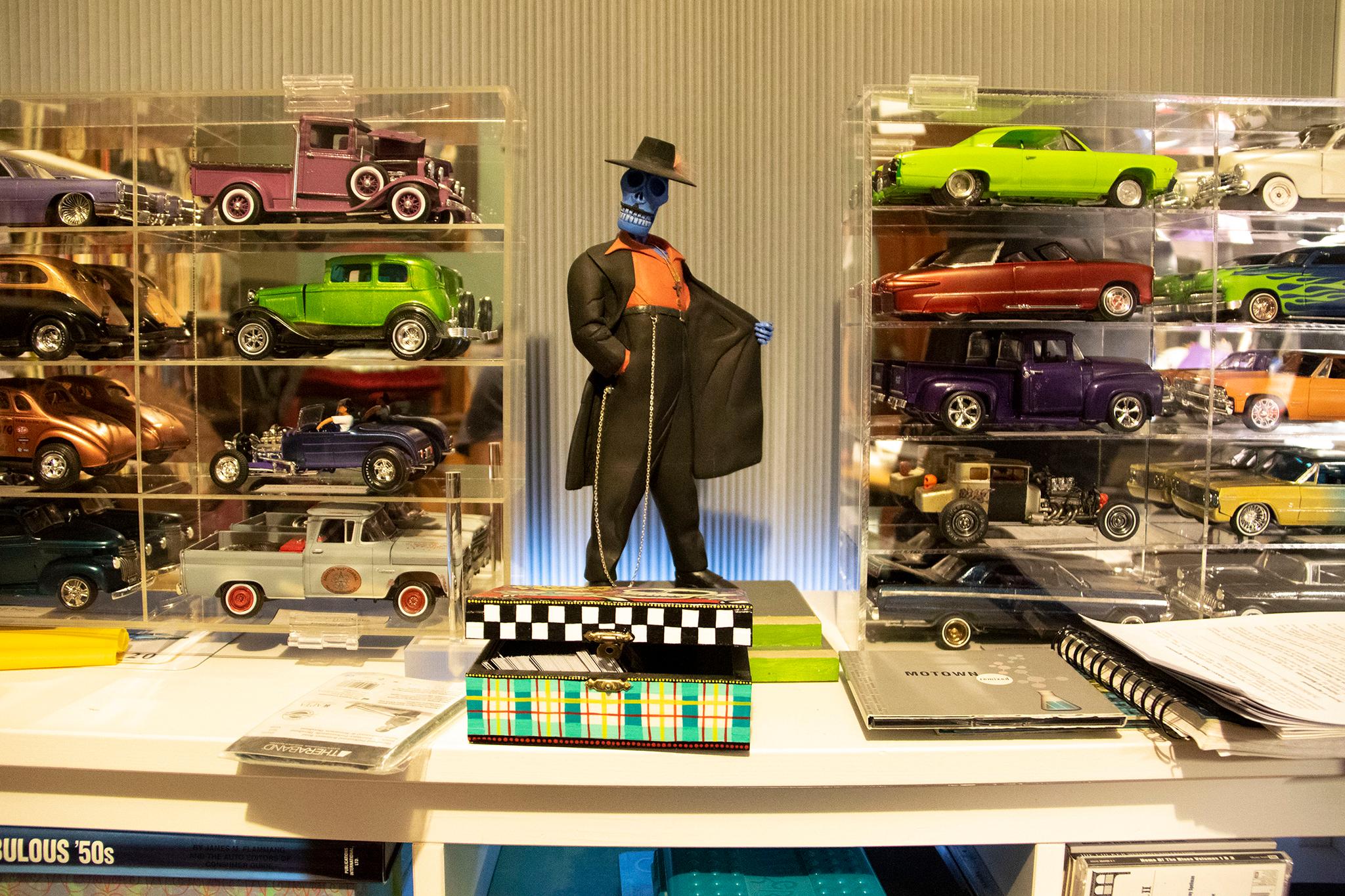
And many more people are moving in.
Hernandez-Ramos points to her own block. On the bungalow lined street lies a $1.2 million duplex.
"We thought our block was protected because the man across the street has some junker cars, and we thought who would buy a million dollar home next to that? Well, they did it," Hernandez-Ramos said.
She hopes the new neighbors want to be neighbors. That's often the issue with newcomers. She said people come and don't want to be a part of the neighborhood - hence the ultimate erasure of past residents' history.
The next project meeting is about just that, community mapping and neighborhood connectivity.
It'll be on August 20, 10 a.m., at North High School. Volpe said she's also looking for a few volunteers to give one-on-one oral testimonies.
The end of the project isn't in sight but there will be a celebration in line with the neighborhood, like perhaps a Northside ride event where low-riders go on a tour of the neighborhoods. Nothing is certain yet. Volpe said gathering the history is the most important part. And Hernandez-Ramos agreed.
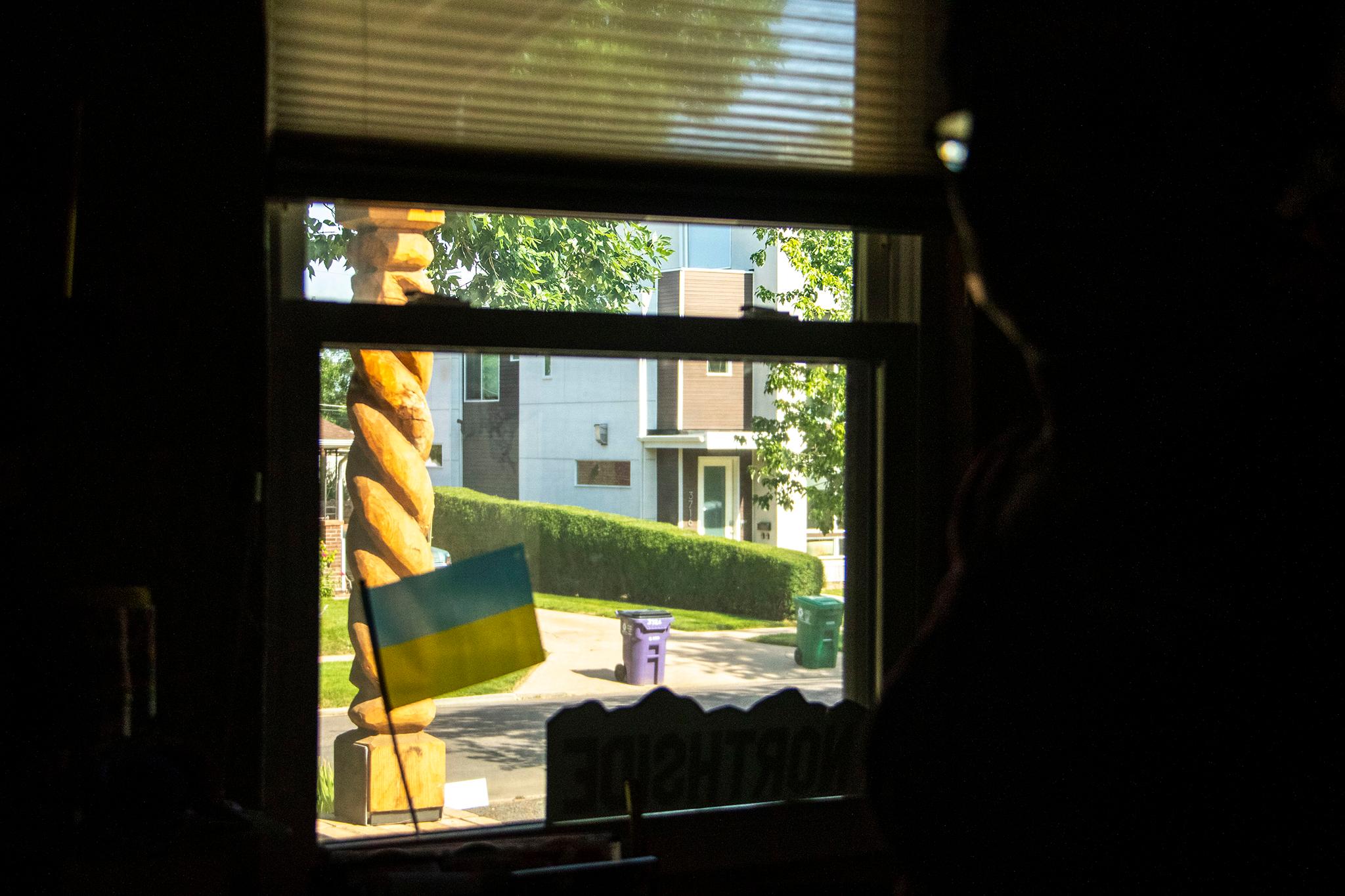
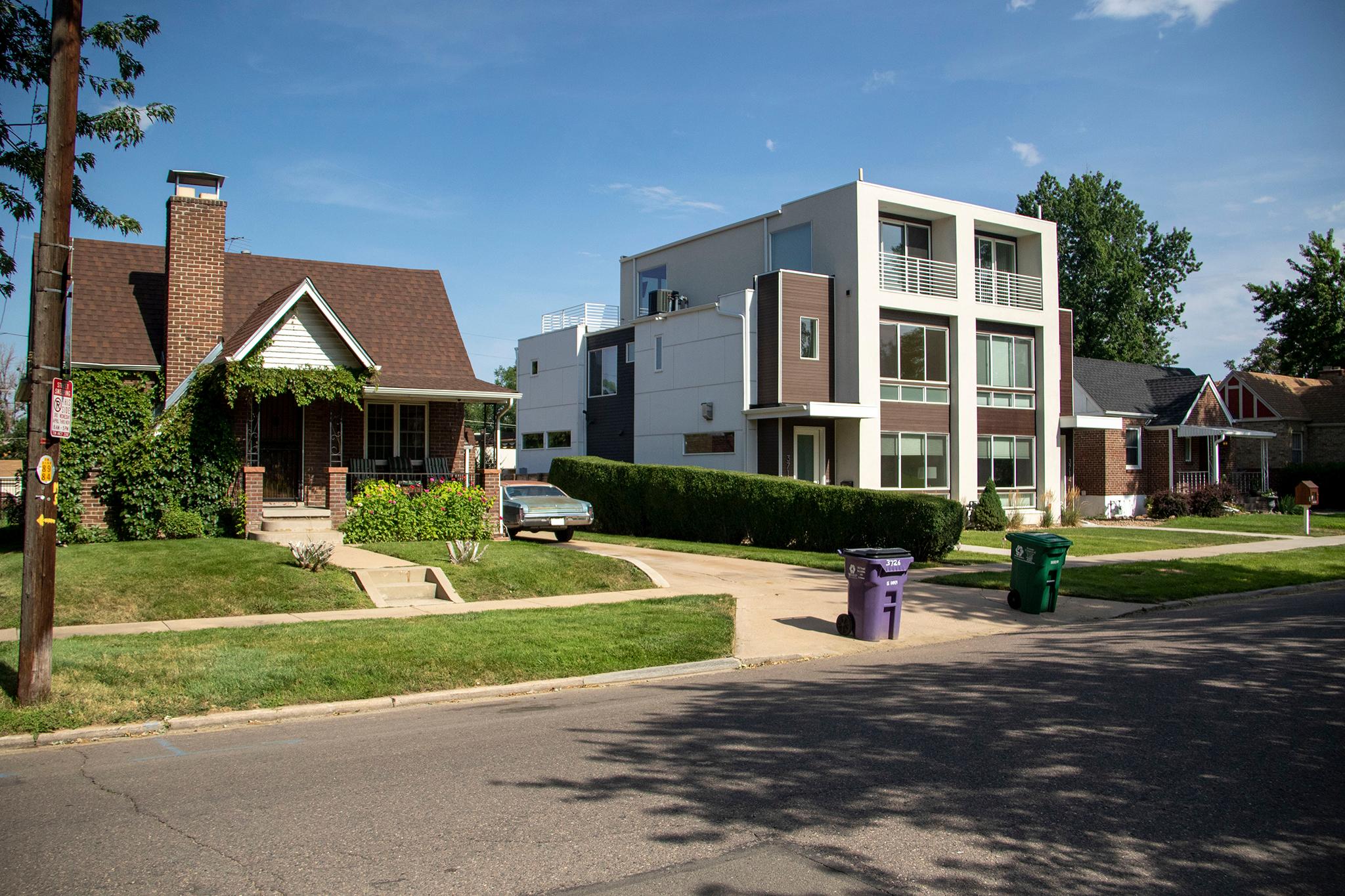
She's hoping projects like this keep the memory of the Northside alive, even if newcomers refer to it as the Highlands.
"We're really grateful to History Colorado for letting us regular normal everyday citizens tell our story," Hernandez-Ramos said. "We have a rich history and sometimes, it seems to have disappeared. I don't see it anymore. Now it's a promotion, the 80211 zip code. Want it? I'll sell it to you for a million. The Northside can be a geographic thing but at the same time, it's a 'in your heart' kind of thing. If you feel like you're from the Northside, you're from the Northside."
